For those of you not already aware, there is a nice reporting feature hidden away within the Microsoft 365 Apps admin center which provides reports on the health of your client OneDrive sync agents. Using this report, you can also identify issues with processes such as known folder move, something that is vital to determine if your OneDrive migration is going as planned.
I have been using this reporting feature with clients for quite some time now, and until very recently everything appeared to be working as normal, until it wasn’t. Logging into the portal to check device health with a client, resulted in the below information;
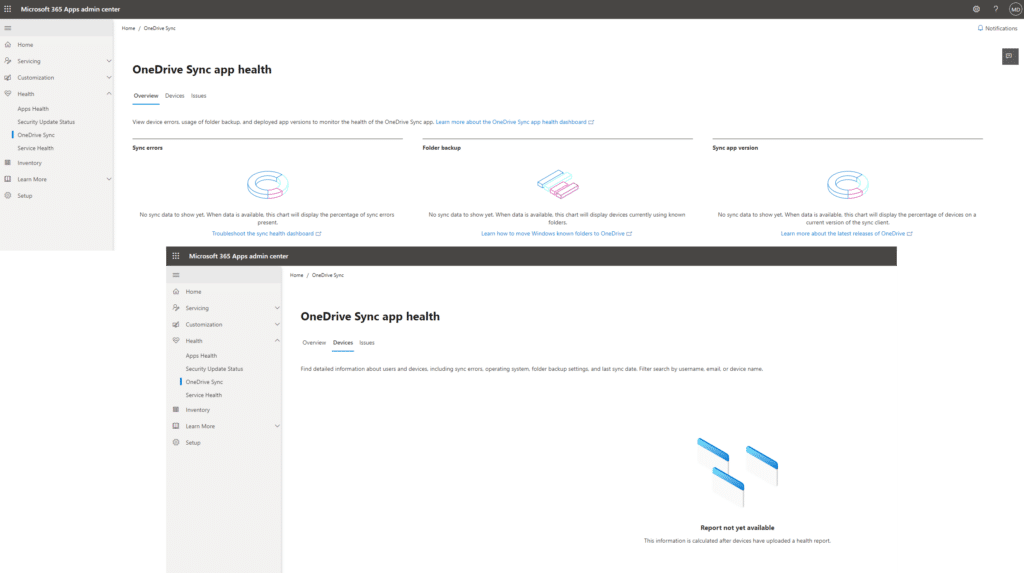
This of course took me somewhat by surprise, and this blog post covers the change that is required within your client configuration, along with the reporting feature itself for those not already using or aware of it.
Prerequisite Configuration
In order to enable this feature there are two components, the backend configuration, and the configuration going down to your devices. Logging onto the Microsoft 365 Apps admin center (https://config.office.com), you will see a sign in button, which for the most part has been overlooked in favour of the “Create a new configuration” button used to generate Microsoft 365 App configuration for deployment;
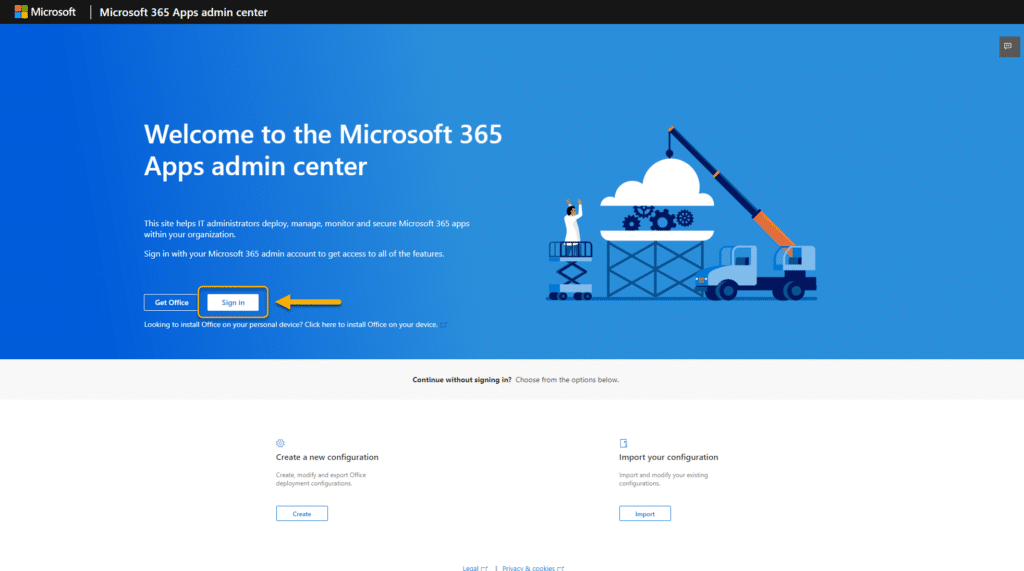
Signing into this site with an account with sufficient role membership rights (global admin / office apps admin – Overview of the Microsoft 365 Apps admin center – Deploy Office | Microsoft Learn), we can configure something called a “Tenant Association Key”. The first time you click on the setup page, it will generate this key, and you will have a page similar to the one below;
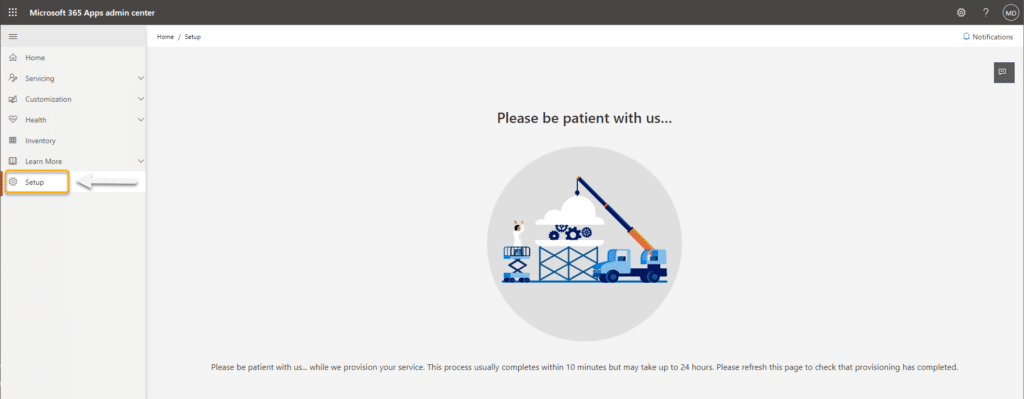
After a “cloud minute” and a refresh of the page, you will end up with a tenant association key, something that if you have already enabled the reporting feature, you should be familiar with;

With the backend enablement done, it is only a matter of pushing OneDrive configuration to your clients to enable reporting, and within 24-72 hours you should have very useful data.
Client Configuration.. and Important Changes
At this point the blog post title will start to make sense. To enable the client devices to report in their health information, you had to deploy OneDrive configuration to your clients containing the Tenant Association Key.
Previously if you had enabled this feature, you would have configured your OneDrive client settings similar to the configuration below;
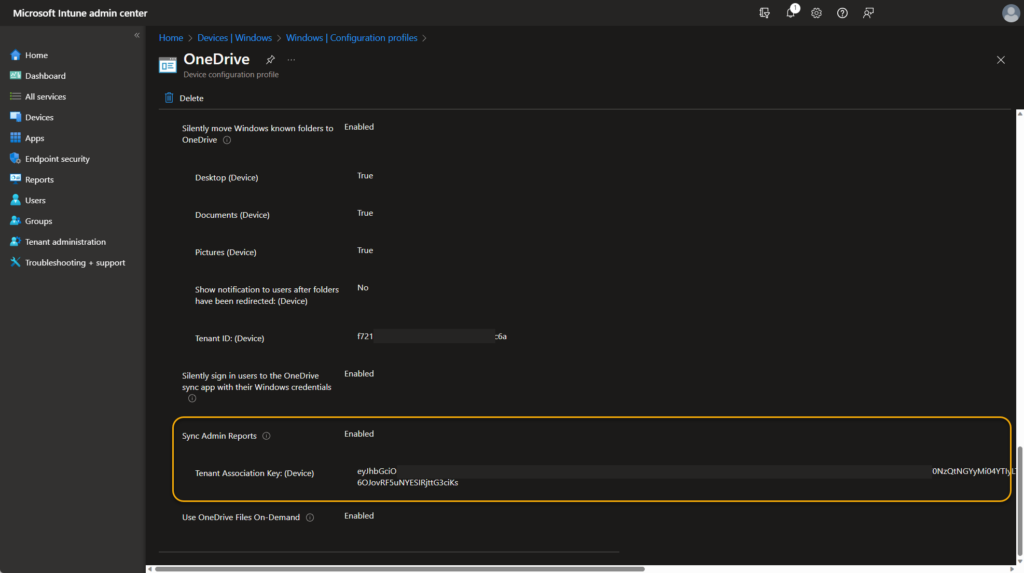
This is a similar process to how Windows Update reports required commercial ID key configuration to be pushed to your client, and just like that, this is something which has now changed.
Looking at the Microsoft documentation on OneDrive Sync Reports (OneDrive sync reports in the Apps Admin Center – SharePoint in Microsoft 365 | Microsoft Learn) there is a section highlighted, as below;

Given that the documentation was updated on April 10th 2023, this would then result in the setting being deprecated on July 3rd. This is something that caught me out, as unless you were looking at the docs, the message could go unnoticed.
In the Microsoft documentation it advises you to set the configuration through a Group Policy Object (something I have a pull request in for to rectify), but essentially if you are working in a “modern” way, you would more than likely be deploying the setting through an Intune profile.
The below section deals with fixing this issue.
Behold – The New Setting
Going back to our Intune OneDrive profile and editing it (I assume you are using the settings catalog for this.. If not, please do), we can dig in and find the new setting;
- Edit your OneDrive settings catalog profile
- Click on “Add setting” to open the settings picker;
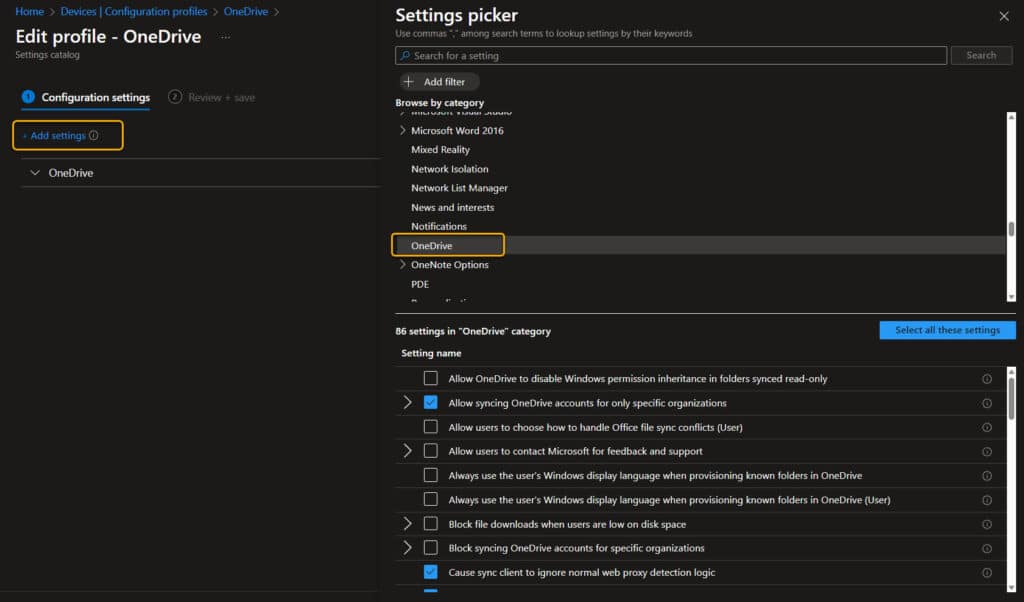
- Scroll down until you see the following setting;
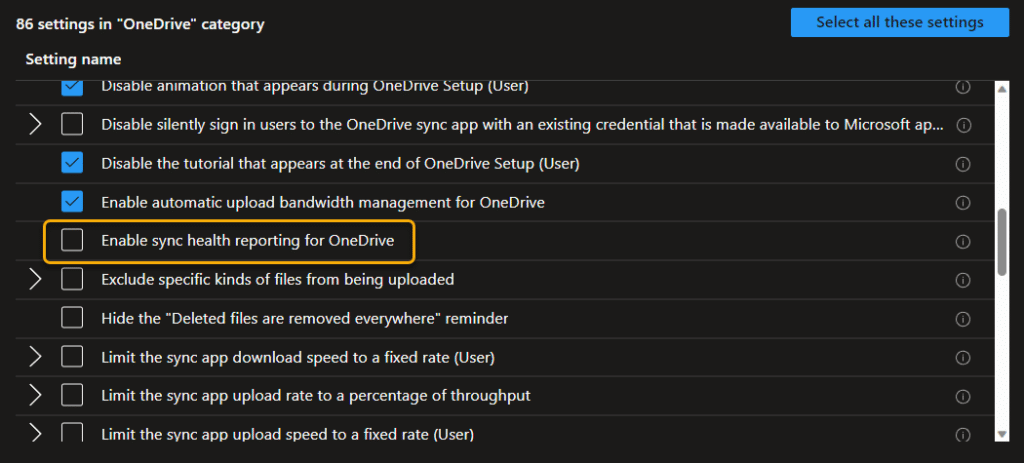
- Add the setting to your profile, and then scroll down and remove the following setting;

- Closing the settings picker, now flick the toggle switch on the new setting to enabled;

Voilà.. Reporting is ALIVE

Once that setting has been consumed by your clients, within 24 hours you should start to see clients reporting back in, and finally you have useful OneDrive sync agent reports.
The report is accessible by;
- Logging onto the Microsoft 365 Apps admin center (with sufficient role rights)
- Clicking “Health”
- Clicking “OneDrive Sync”
At this point you would have a screen similar to the one below;
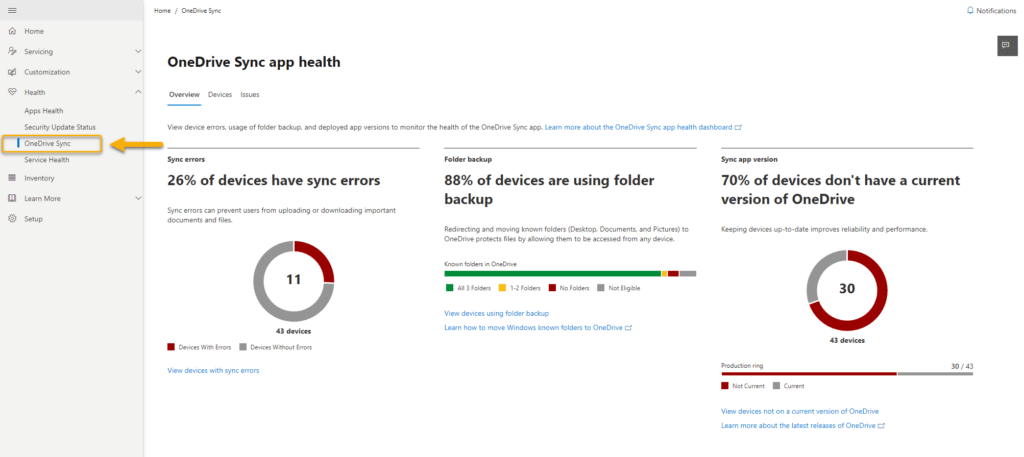
Drilling into the devices section we can also see information such as the OneDrive sync agent version, which folders have been moved (Known Folder Move), along with the last sync / status time from those agents;
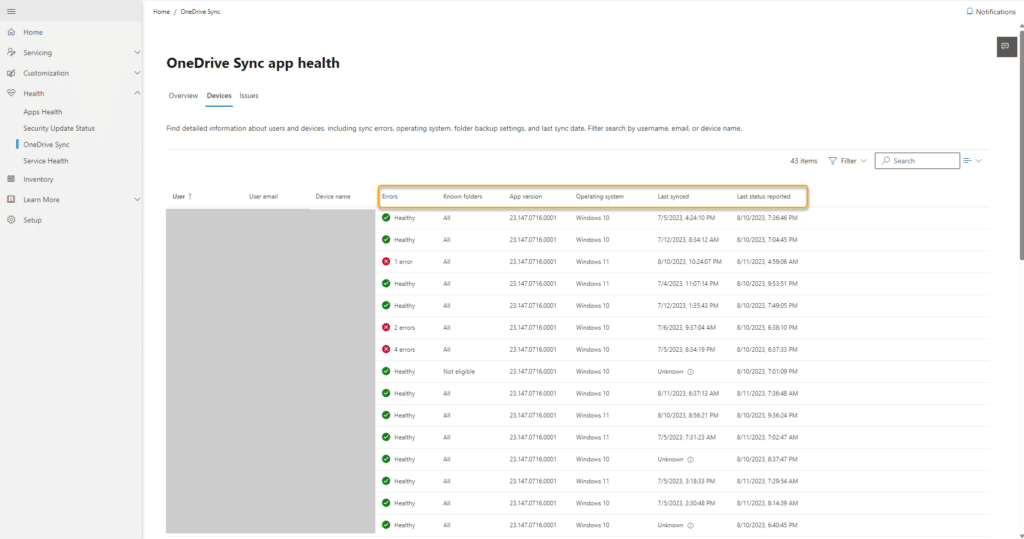
Conclusion
The OneDrive health reports are something that every admin should enable, as it provides great oversight into what is actually happening on your clients. Hopefully those of you who previously enabled this will find the post useful to update your configuration, as a blank report, is not a good report.
Thanks for reading!



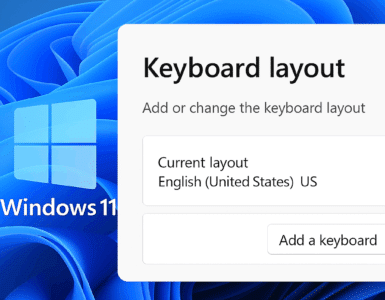






Add comment